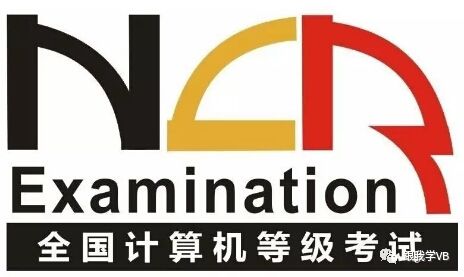
National Computer Level Examination
Level 3 Embedded System Development Technology
Basic Requirements
1. Have basic knowledge of embedded systems, microelectronics technology, digital media, and computer networks.
2. Familiar with the architecture and functional characteristics of embedded microprocessors, and have a preliminary understanding of ARM assembly language programming.
3. Familiar with the components of embedded system hardware, and master the control technology of commonly used I/O interfaces and I/O devices.
4. Familiar with the basic architecture of embedded system software, understand the functions and structure of embedded operating systems, and the principles and application development of μC/OS-II.
5. Familiar with the development methods and common tools for embedded systems, and master the basic skills for developing embedded systems.

Exam Content
1. Basic Knowledge of Embedded System Development
1. Characteristics, classification, development, and application of embedded systems.
2. Composition of embedded systems and microelectronics technology (the role and development of integrated circuits, SoC, IP cores, etc.).
3. Basics of digital media (representation and processing of text, images, audio/video, etc.).
4. Network communication technologies (digital communication and computer networks, TCP/IP protocols, internet access technologies, etc.).
1. Structure, characteristics, and classification of embedded processors (characteristics of different types of typical embedded processors and their classification).
2. Architecture of ARM processor cores (operating states, modes, register organization, exceptions, data types, and storage formats, etc.).
3. Technical characteristics and application fields of typical ARM processor cores (ARM9, Cortex-xA, Cortex-x-M, Cortex-x-R, etc.).
4. Instruction system and assembly language programming of ARM processors (instruction format, addressing modes, instruction set, pseudo-instructions, statement format, and program structure, mixed programming of ARM assembly language and C, etc.).
3. Hardware Composition of Embedded Systems
1. Composition of embedded hardware and embedded processing chips (composition, characteristics, types, ARM’s AMBA bus, selection of embedded processing chips).
2. Memory of embedded systems (hierarchical structure, classification, performance indicators; on-chip memory, off-chip memory, external storage devices, etc.).
3. I/O interfaces, I/O devices, and external communication interfaces (GPIO, I2C, SPI, UART, USB, HDMI, etc.; keyboard, LED, LCD, touch screen, sensors, etc.; RS-232/RS-485, CAN, Ethernet, and common wireless communication interfaces).
4. Typical embedded processing chips based on ARM cores (internal structure of S3C2410/S3C2440 chips, such as on-chip bus, DMA, clock control, interrupt control, GPIO, UART, I2C, SPI, Timer, RTC, WDT, and other hardware components).
4. Embedded System Software
1. Software composition of embedded systems and real-time operating systems (composition of embedded system software, development of embedded operating systems, real-time systems and real-time operating systems, kernel structure of embedded operating systems, etc.).
2. Board Support Package (BSP), bootloader, and device drivers (hardware abstraction layer HAL, functions and porting of BSP, execution process of bootloader, U-boot and its porting, implementation of device drivers, etc.).
3. Embedded Linux operating systems (Linux kernel, structure and real-time technology of embedded Linux, common embedded Linux distributions, etc.).
4. Embedded operating system μC/OS-II (basic features, code structure, task management and scheduling, system services, application program design, etc.).
5. Development of Embedded Systems
1. Development process and tools for embedded systems (development steps, cross-development platforms and tools, debugging tools for systems, etc.).
2. System development software tools (features and usage of ADS, RVD, common commands and parameters of GCC).
3. Application system development based on S3C2410/S3C2440 (comprehensive use of hardware interfaces and components; system development in a no-operating-system environment; system development in μC/OS-II environment).

Exam Method
On-site examination, exam duration 120 minutes, full score 100 points.
Question types and scores:
Multiple choice questions (40 points), fill-in-the-blank questions (40 points), comprehensive questions (20 points).
Programming learning has difficulties, follow Learn VB with me!
↓↓↓

Online answers to programming problems, developing software programs











